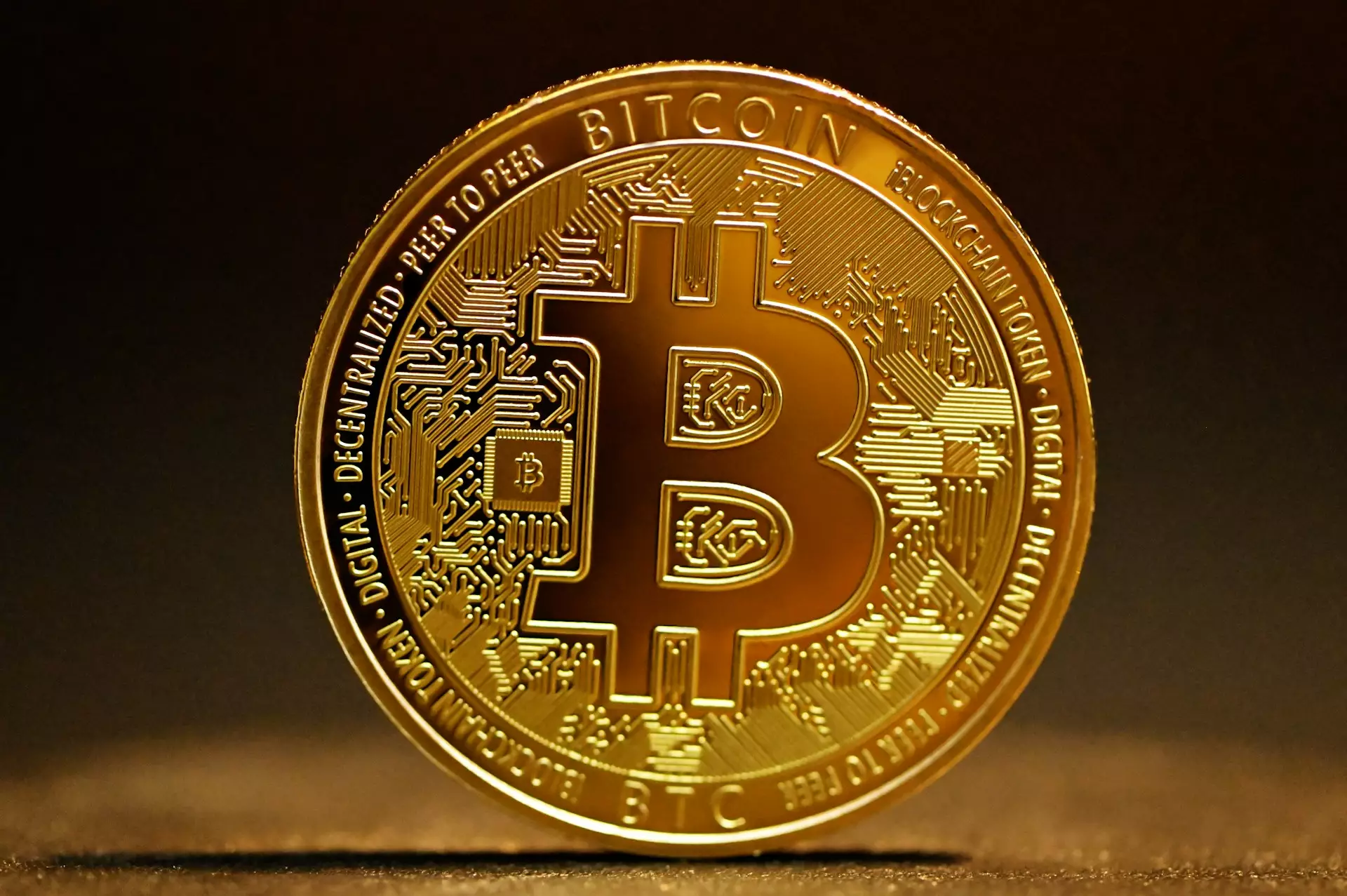Bitcoin, the jewel in the crown of cryptocurrencies, has recently showcased its classic volatility. The past week has seen a near 5% uptick in its price, bringing a fresh sense of optimism among investors and analysts alike. Yet, beneath the exuberance lies an undercurrent of caution that is as potent as the bullish trends. Bitcoin may have climbed to the tantalizing near-$88,000 range, but its trajectory remains fraught with uncertainties. The discussions around this phenomenon reveal more about human psychology in investing than about the intrinsic value of cryptocurrency itself.
To frame the narrative correctly, we must recognize that Bitcoin’s price movements are closely interwoven with market sentiment. Despite a recent bullish climb, there remains a sense of fragility. In the world of cryptocurrency, any sign of weakness can result in rapid selling, and history bears witness to such dramatic reversals. Analysts are cautious; they note that Bitcoin needs to hit significant closing levels—like the $88,400 and $93,500 marks—to solidify any bullish claims. This duality—excitement tempered by caution—is what defines the cryptocurrency ecosystem.
Technical Analysis: Not Just Numbers, But Emotion
Diving into the technical specifics provides further insights. Alex Clary and Rekt Capital, well-respected voices within the cryptocurrency commentary sphere, have echoed a similar sentiment regarding Bitcoin’s current standing. They see the Relative Strength Index (RSI) demonstrating a bullish divergence, yet they also caution that the cryptocurrency is perched precariously on the edge of potential volatility.
An intriguing twist in this market dance is Bitcoin’s correlation with the S&P 500 (SPX). This unholy alliance raises questions about whether Bitcoin is a robust hedge against inflation or merely a risk asset entwined with broader economic performance. Daan Crypto Trades aptly pointed out this parallel movement in the two financial entities, suggesting that Bitcoin’s fate might not merely be dictated by its internal drivers but heavily influenced by factors that govern the stock market at large.
The Market’s Psychological Landscape
What’s truly fascinating—and troubling—is how investor psychology plays a pivotal role in Bitcoin trading. Behavioristic finance shows us that fear and greed frequently govern market trends. The prospect of “missing out” (also known as FOMO) can drive irrational investments. When Bitcoin nears critical resistance levels like $90,000, it becomes a battleground between cautious sellers and exuberant buyers. Should resistance hold firm, fear could incite a wave of selling, creating a downward spiral.
Conversely, if Bitcoin manages to edge past these pivotal thresholds, we might witness a thrilling surge as new momentum could attract even more speculative investments. The danger is clear; if this upward trajectory falters, panic could predominate, leading to significant losses for those caught in the charge towards perceived safety. This volatility underscores the reality that Bitcoin is not just a digital asset but also a manifestation of collective fear and desire.
Regaining Trust Amid Historical Precedents
Historically, Bitcoin has demonstrated remarkable resilience after correcting from major downturns. However, the cyclical pattern of highs and lows has bred skepticism regarding its long-term reliability. Rekt Capital reminds us that Bitcoin’s historical lows often serve as valuable indicators for future performance. His perspective brings to light the necessity for careful monitoring when embarking on any bullish trends.
From its dramatic plunge in 2021 to its subsequent recovery, the cyclical nature of Bitcoin prompts critical reflection on its sustainability and relevance. For a dedicated center-right liberal observer, believing in Bitcoin’s potential feels like walking a political tightrope. While its decentralization offers a fresh perspective on traditional financial systems, the speculative nature casts shadows on its reliability as a currency for daily transactions.
The underlying tension is palpable: is Bitcoin a revolutionary financial tool or merely a speculative bubble waiting to burst? In the current atmosphere of uncertainty, maintaining a balanced perspective is key.
The Core of Bitcoin’s Journey: Volatility vs. Opportunity
The stark reality is that Bitcoin’s seeming permanence in the digital world makes it a field of relentless negotiation between risk and reward. The current market dynamics implore investors to rethink their approaches and embrace a nuanced stance toward cryptocurrency trading.
Analysts and traders alike find themselves at a crossroads, with the potential for profound gains looming tantalizingly close yet marked by the specter of losses that can erase fortunes within moments. Ultimately, amid the fervor of market excitement lies the sacred pulse of investor sentiment—profoundly human, deeply flawed, and indefinitely unpredictable.
While Bitcoin might be holding onto key support levels now, its future trajectory remains clouded in doubt. Investors should remain vigilant—not just of price actions but deeply aware of the emotional landscapes that govern our financial actions.












